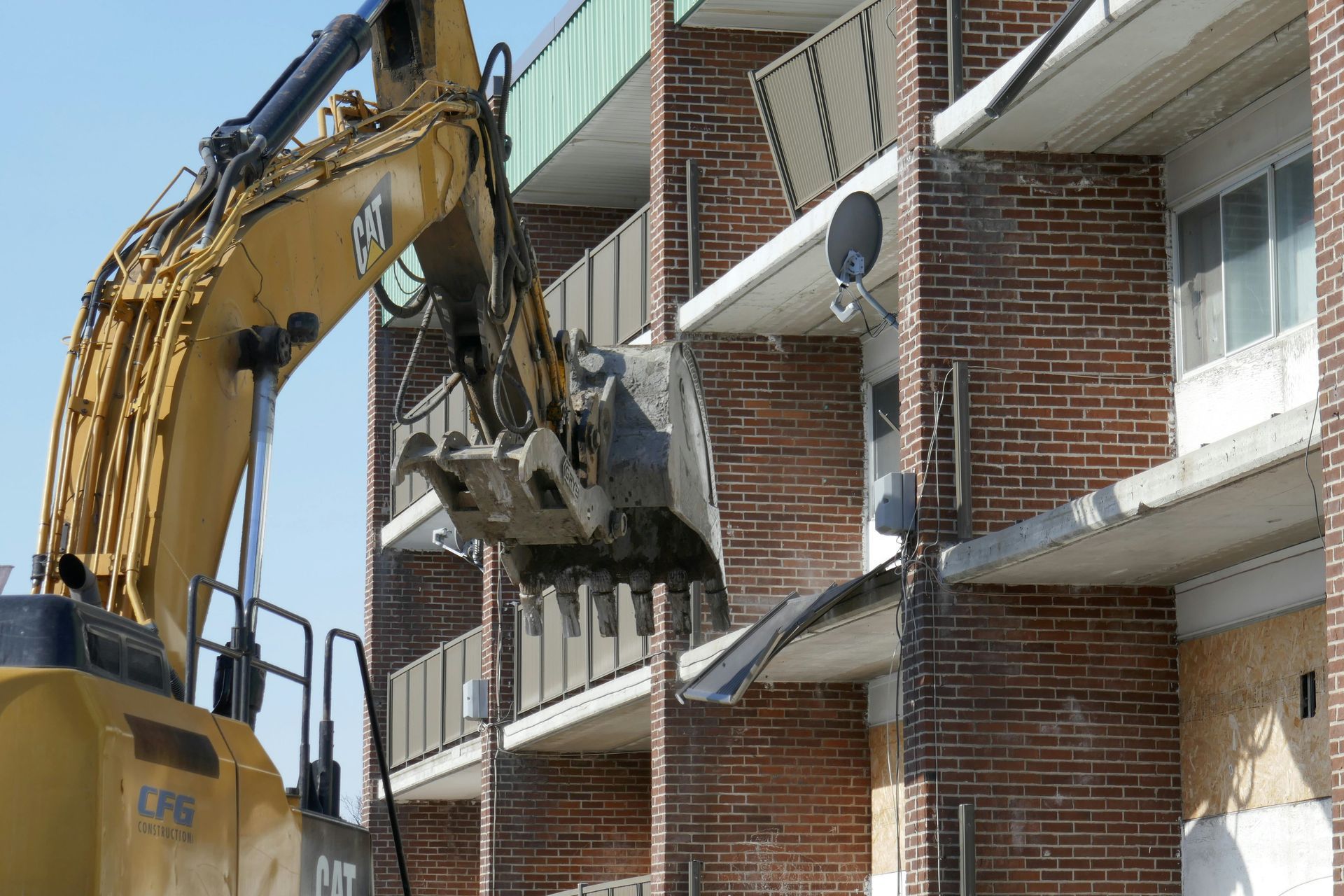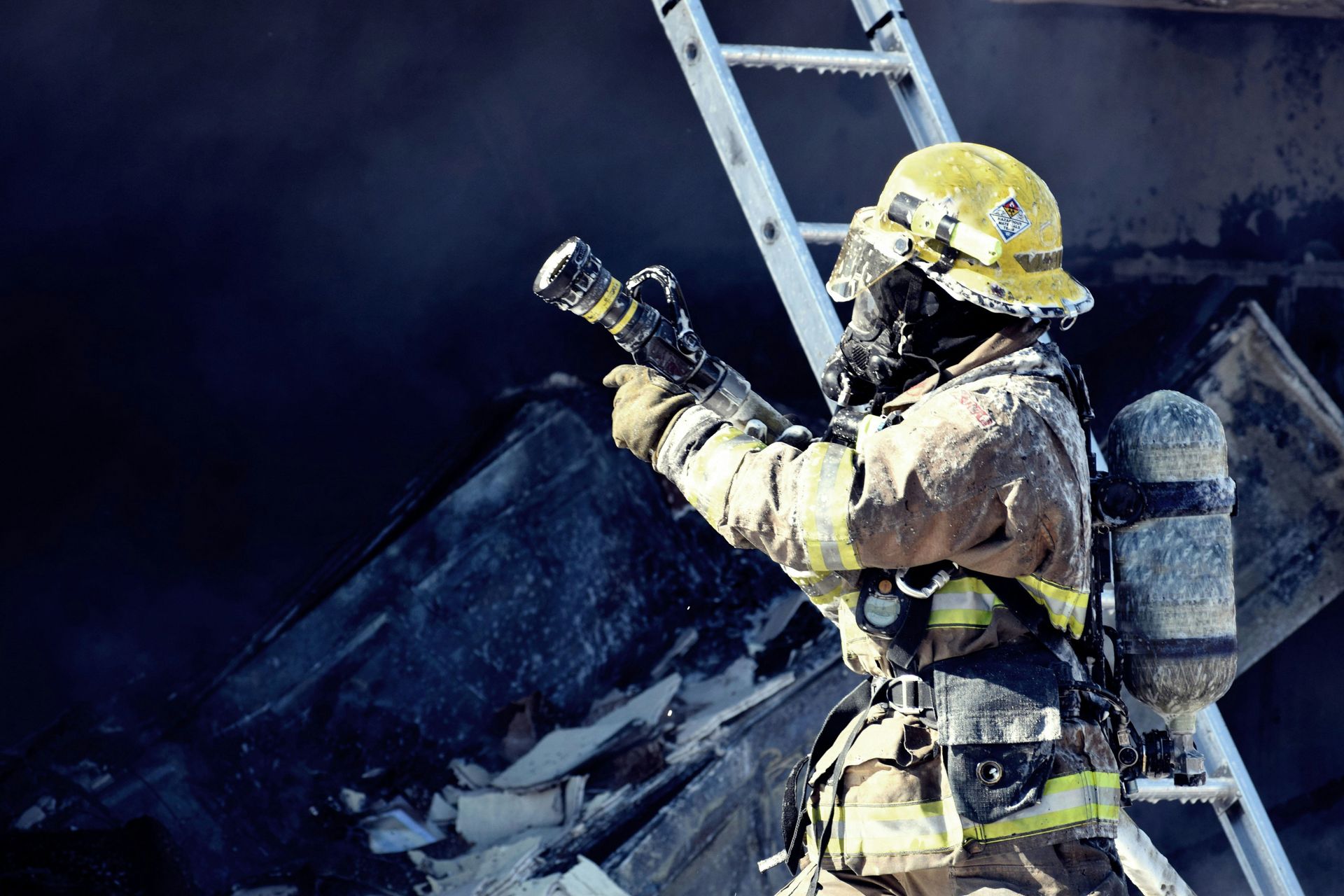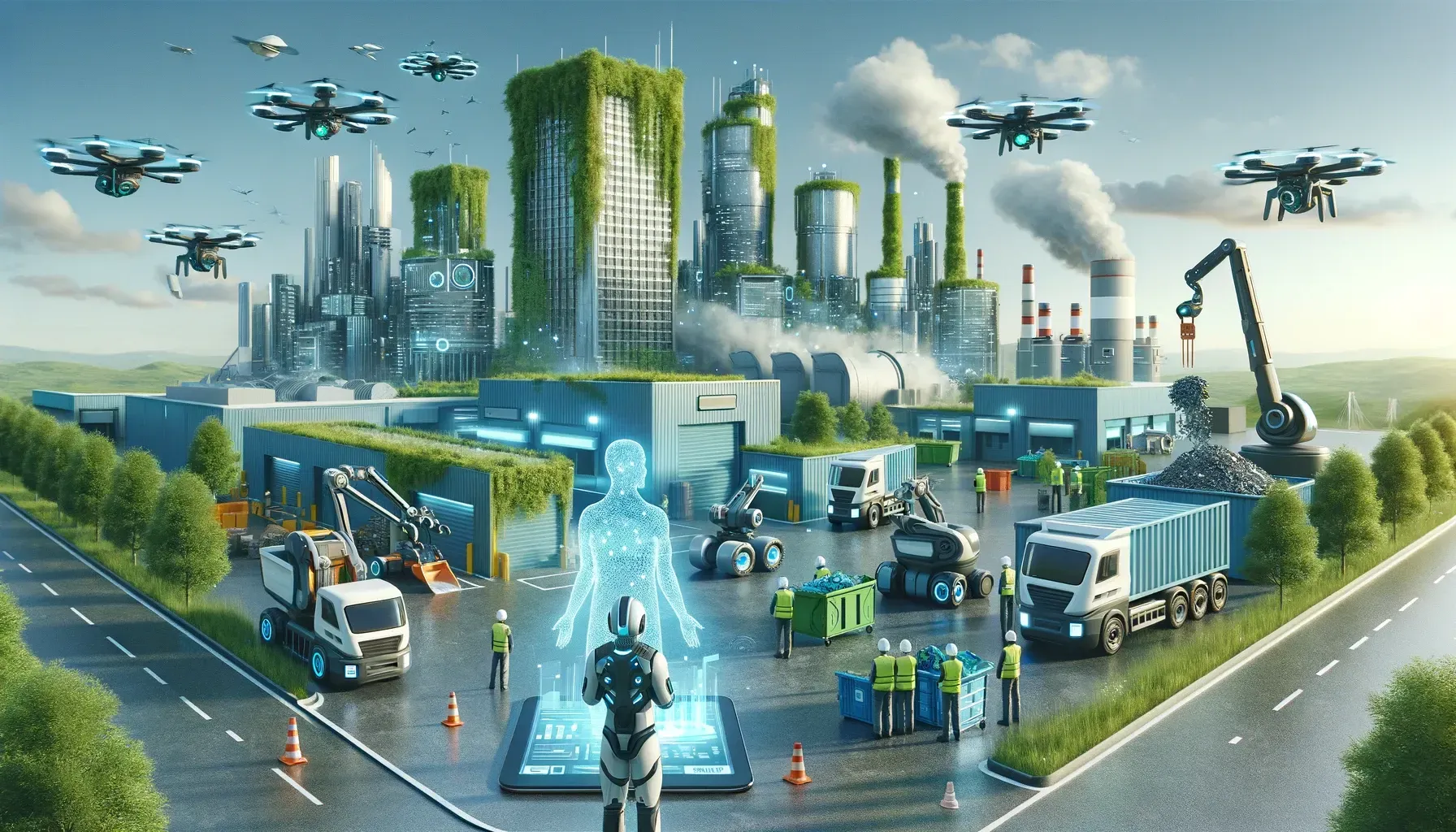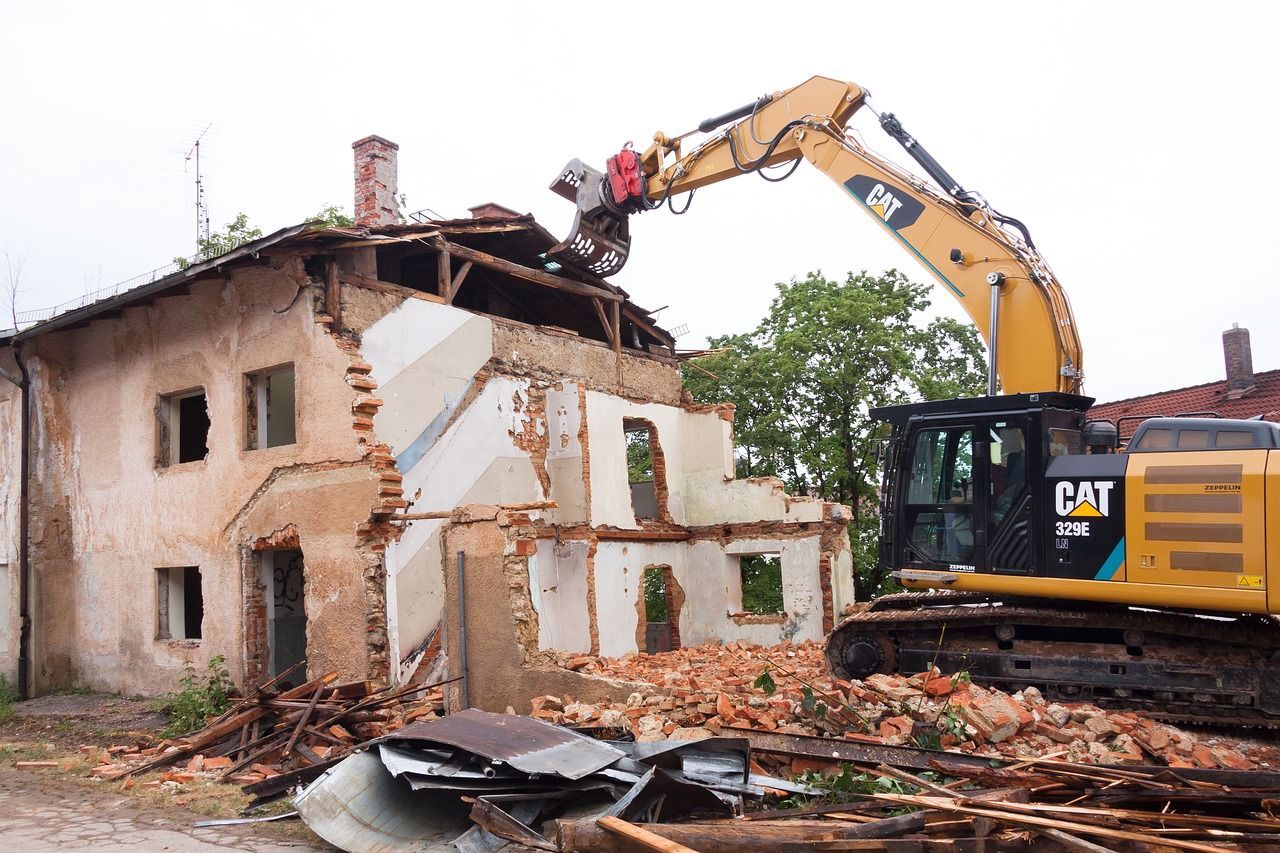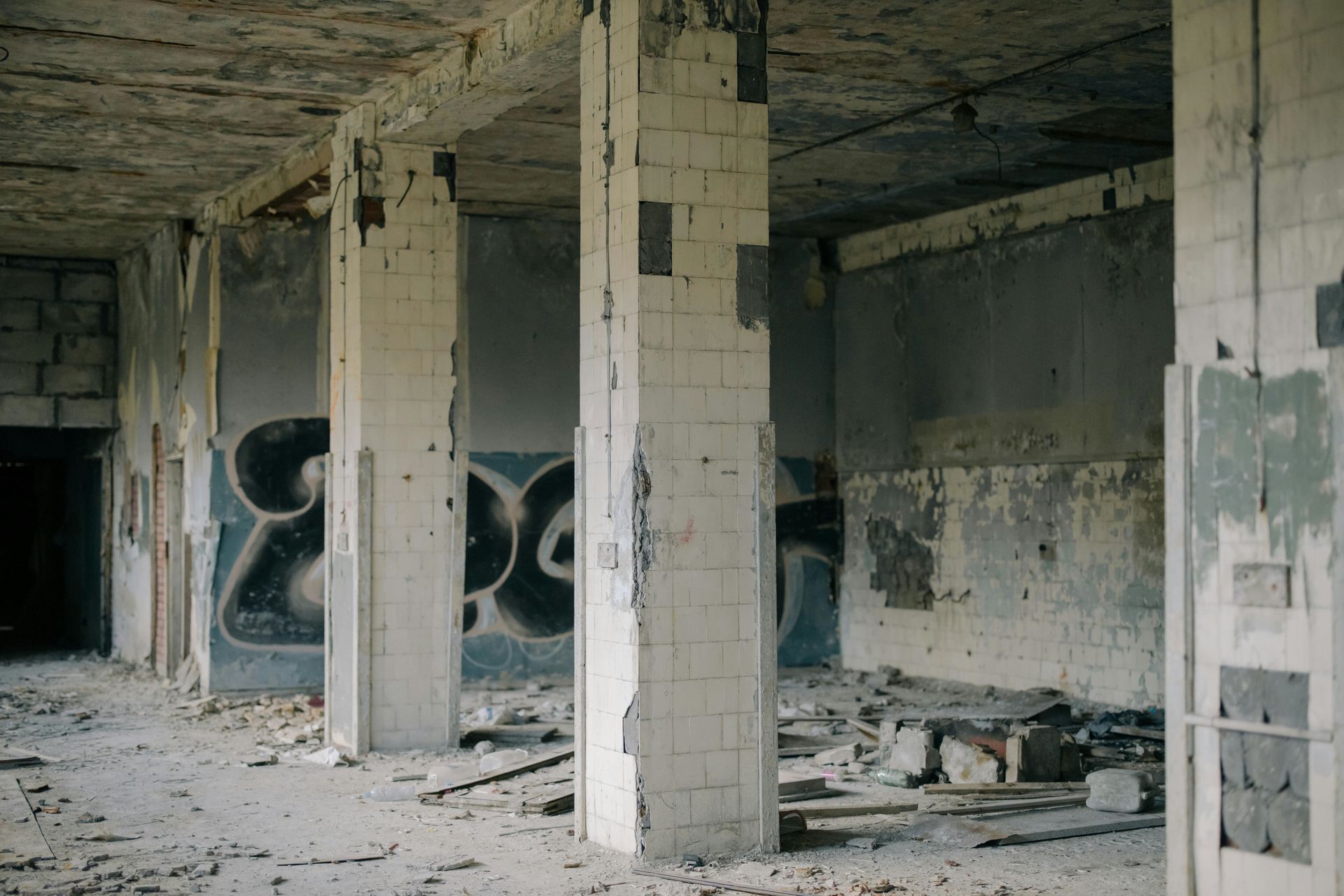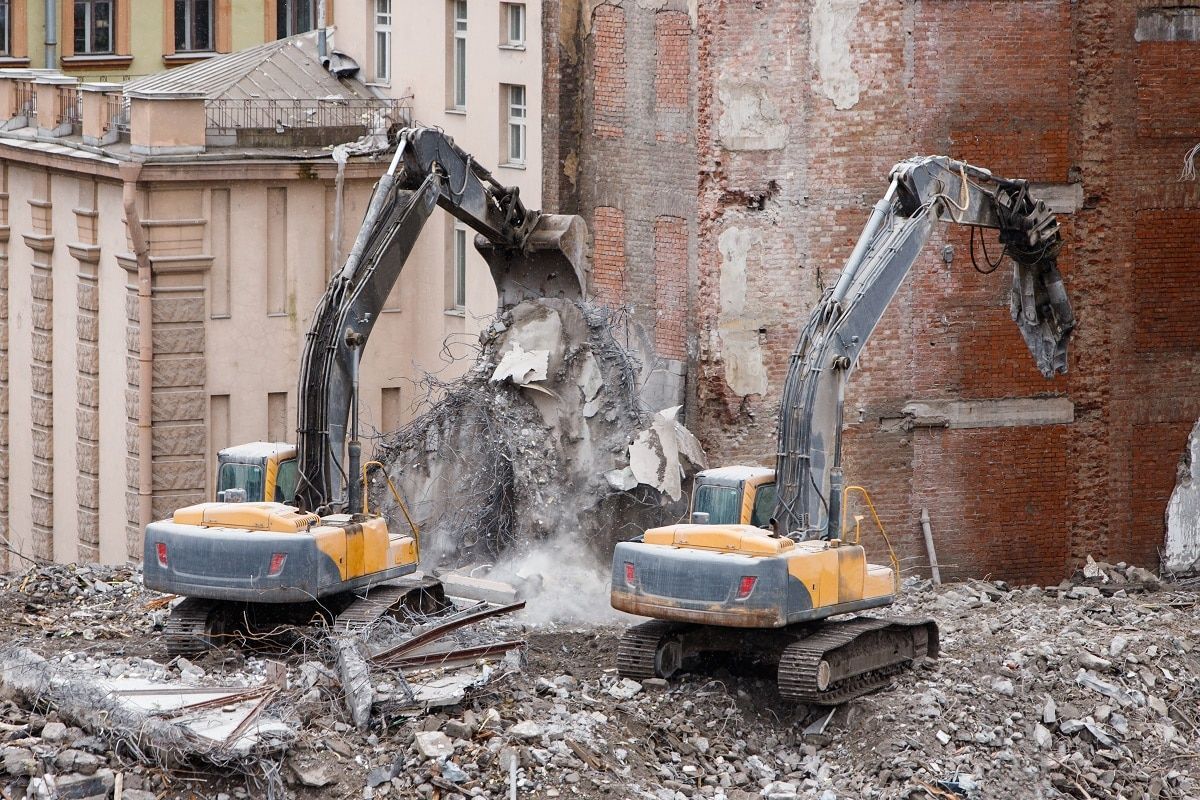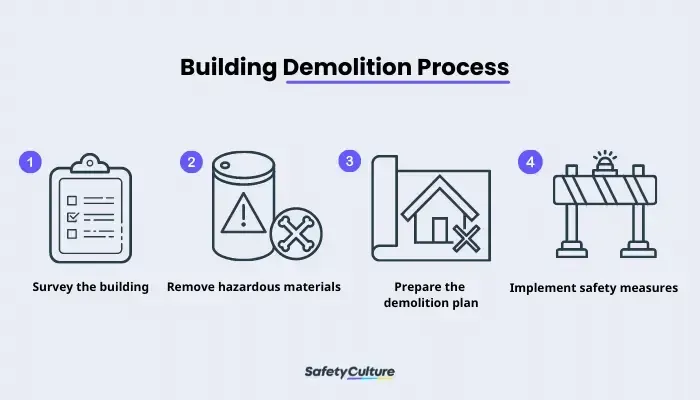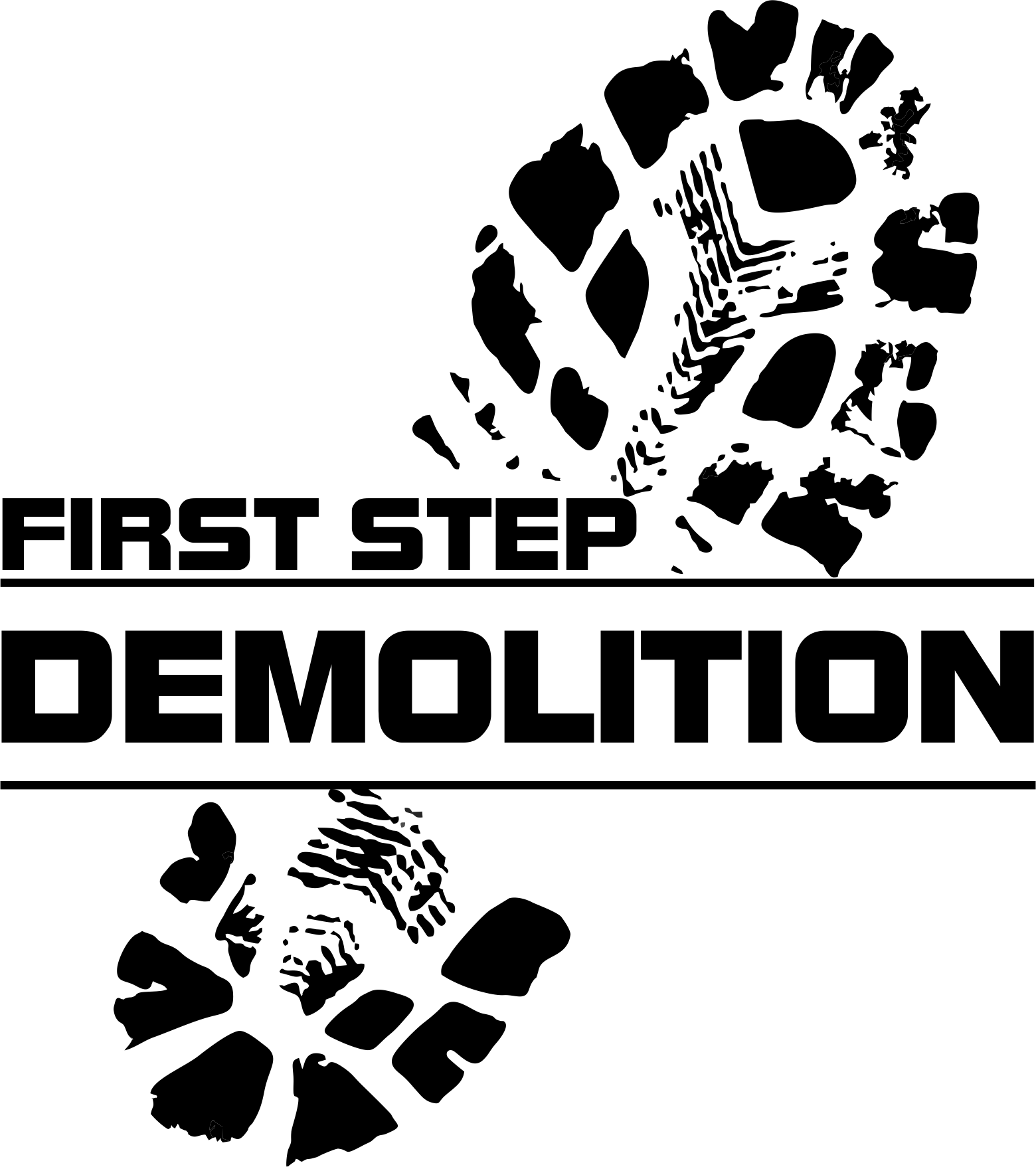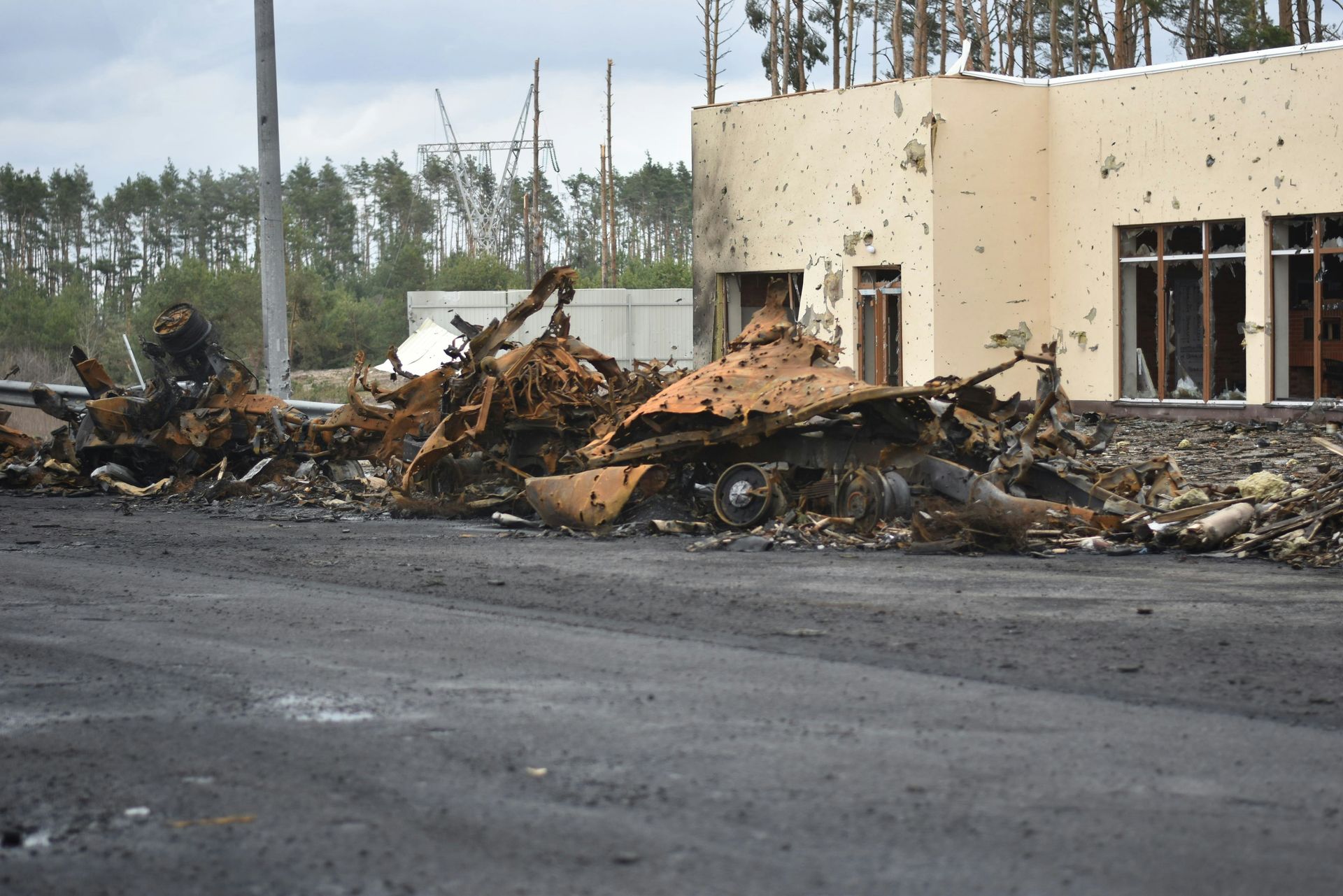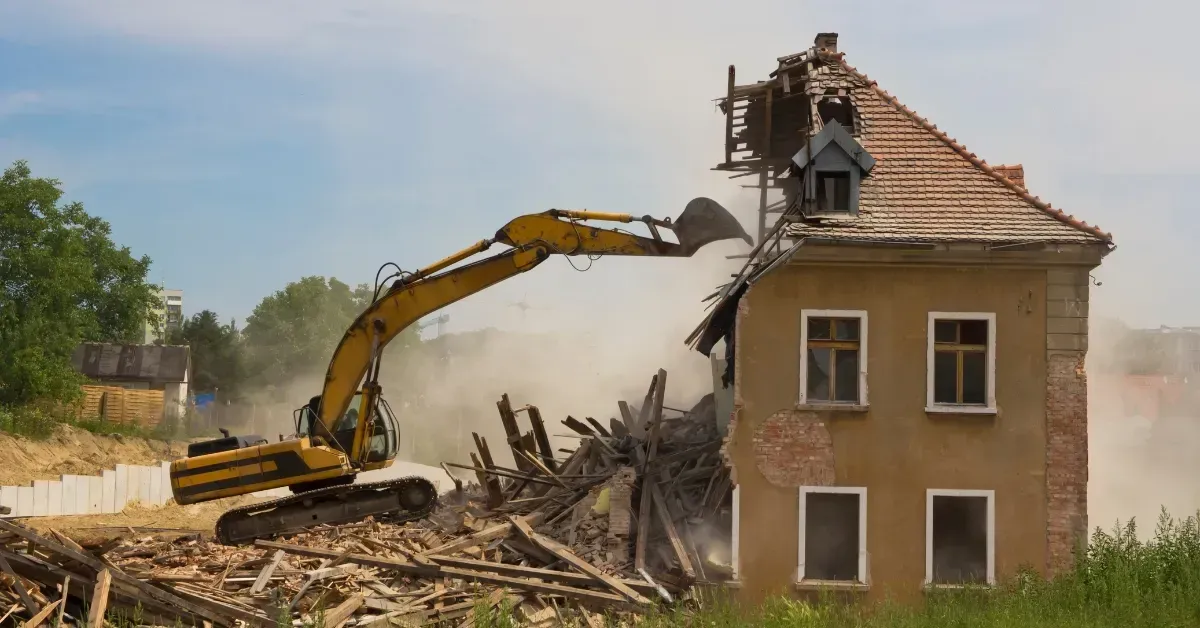Worried about the cost of demolition? Here's what you need to know.
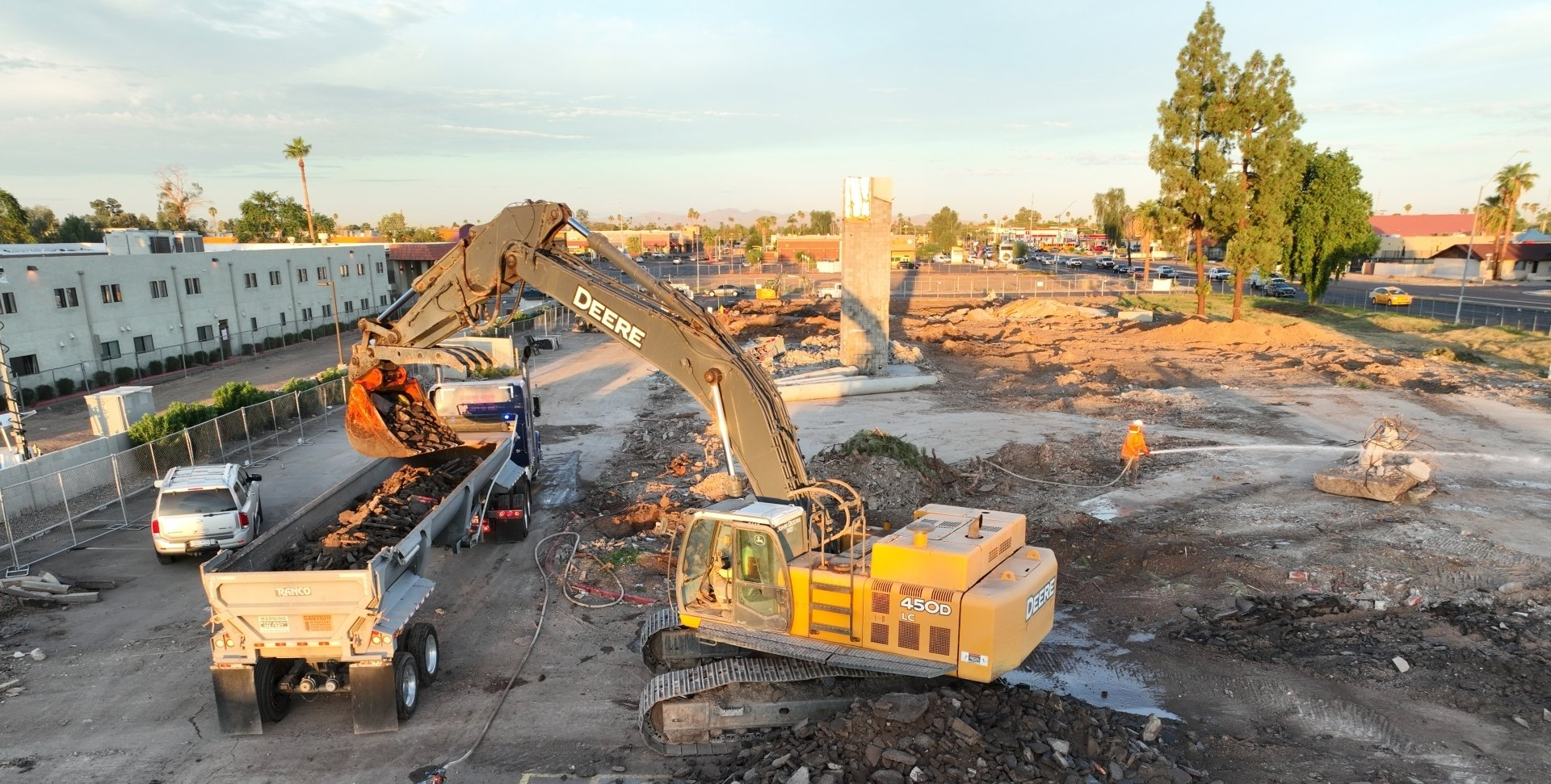
Worried About the Cost of Demolition? Here's What You Need to Know
Demolition can be a costly process, and many people worry about the expense. However, demolition is often necessary in order to make way for new construction or to remove an eyesore from a community. The cost of demolition can vary depending on the size of the project and the type of materials that need to be removed. Some demolition projects may also require special permits or approval from local authorities. In addition, the cost of disposing of demolition waste can add to the overall expense. It is important to carefully consider the cost of demolition before beginning any project.
Hence, if you're considering demolishing a building on your property, it's important to understand the cost involved. Demolition can be expensive, but there are ways to keep the cost down. In this blog post, we'll discuss some of the factors that affect demolition costs and offer tips for keeping your project on budget.
Factors that affect the cost of demolition
1. What is demolition and why do people hire professionals to do it?
Demolition by definition is the dismantlement of a structure. It is the opposite of construction, which is the assembly of materials into a structure. Demolition is usually done to remove a dangerous or condemned structure, to make way for new construction, or in the case of demolition by neglect, to salvage reusable building materials. The cost of demolition can vary widely depending on the size and type of structure, as well as the local market conditions.
In general, demolition costs are based on two factors: the labor required to safely and effectively demolish the structure, and the disposal costs for any debris. As a result, many people choose to hire professional demolition companies to handle the job. Not only do these companies have the experience and equipment necessary to safely demolish a structure, but they can also often provide recycling services to help offset demolition costs.
2. How much does demolition cost and what factors influence the price tag?
Demolition cost varies depending on the demolition company you hire, but there are some general factors that will always influence the price.
- The first is the size of the building, as larger buildings will obviously take longer to demolish.
- The second is the type of demolition required - for example, a 'soft strip' demolition where asbestos is removed will be more expensive than a standard demolition.
- Finally, the location of the building also plays a role, as demolitions in densely populated areas will require extra care to avoid damaging neighboring properties.
So when considering demolition costs, it's important to keep these three factors in mind. This will help you to plan properly for your future demolition project.
3. What kind of permits are needed for demolition and how long does the process take?
The demolition process usually starts with identifying the type of demolition permit that is required. The cost of the demolition permit depends on the type of demolition, location, and other factors. The next step is to schedule an appointment with the demolition company. The demolition company will need to inspect the site and determine the best way to proceed with the demolition. They will also need to obtain the necessary permits and licenses.
The demolition process can take anywhere from a few days to a few weeks, depending on the size and complexity of the project. Once the demolition is complete, the site will need to be cleaned up and all debris must be removed. The final step is to obtain a certificate of occupancy from the local authorities. This certificate indicates that the site is safe for occupancy and that all demolition work has been completed according to code.
4. Is there anything homeowners can do to reduce the cost of demolition services?
The demolition process can be quite costly, especially if the structure is large or made of sturdy materials. However, there are a few things homeowners can do to help reduce the cost of demolition services.
- First, it is important to have a clear idea of what needs to be demolished. If only a portion of the structure needs to be removed, the demolition process will be simpler and less expensive.
- Second, homeowners should try to schedule demolition during the off-season. Demolition companies tend to be busiest during the summer months, so scheduling demolition for the winter may help to reduce costs.
- Finally, homeowners should be prepared to pay for any permits or licenses that may be required in order to carry out the demolition.
By following these tips, homeowners can help to ensure that their demolition project is completed as efficiently and affordably as possible.
5. How can professional demolition contractors help make the process easier for property owners?
Demolition is a big job, and it's not something that most property owners are equipped to handle on their own. That's where demolition contractors come in. Demolition contractors have the equipment and experience necessary to safely and efficiently demolish buildings. They can also help to dispose of the resulting debris, which can save property owners time and money. In addition, demolition contractors can often provide cost estimates upfront, so property owners know exactly what they're getting into. As a result, hiring a demolition contractor can make the demolition process much easier for property owners.
Conclusion
The cost is usually the reason why people reconsider doing a demolition project. People worry about the cost of demolition so much that they sometimes decide to put off the work. However, there are ways to reduce the cost of demolition services, and professional demolition contractors can help make the process easier for property owners. By knowing all the factors that can affect the cost of demolition, it can help you to properly plan for your future demolition project, whether it is commercial or simply residential.
First Step Demolition
If you're looking to demolish a structure, whether it is commercial or residential, it's important to be aware of the factors that can affect the cost. First Step Demolition can help you understand the cost and work with you to make it as affordable as possible.
Contact us today for more information!
